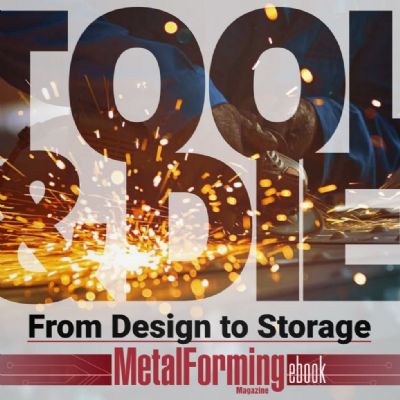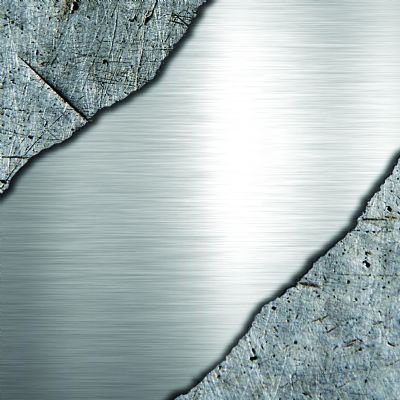Use Reference Panels When Troubleshooting Forming Problems
October 1, 2018Comments
A part is splitting where no problem previously existed. Changing the cushion pressure to deliver a part that holds water may provide a short-term fix, but it doesn’t help you understand where the problem originated. Another option: Polish or grind the draw beads to allow more metal flow into the cavity. This approach is an even more dangerous Band-Aid, since polishing or grinding makes permanent changes to the tooling. Remember that more metal flow isn’t necessarily a good thing as it may lead to wrinkles.
Powdering or galling could be worsened with increased metal flow on galvanized parts, leading to a physical removal of zinc coating from the steel surface, further restricting sheetmetal flow. Even if you do figure out what to change, to what do you change it? This is where a reference panel helps.
Document, Document, Document
Your manufacturing, engineering, and quality departments all are satisfied with each stamped-metal part at the time of initial part production; otherwise, you would not have bought off on the tooling and process. This makes for an excellent reference point. By documenting the entirety of the conditions used to produce this part, you now have reference settings to dial into the process should problems arise during the part’s production life.
Different aspects of the stamping process can be adjusted within a range and still produce the desired product shape. The entire forming process influences success, so you should capture as many of the variables as possible. Looking at the sheetmetal, this means more than just the tensile properties provided on the material certification—generated from one sample at the end of a mile-long coil likely produced months ago. For the time, effort and resources required for die tryout, the cost of a tensile test from the specific lift used during part development is trivial if it can prevent unnecessary process adjustments made to run what turns out to be out-of-spec. sheetmetal.
The tooling CAD file contains draw-bead information, but it’s accurate only until tool build. The part-development process leads to bead-profile changes, which in turn alters metal flow. Once the hardened tools begin producing acceptable parts, they should be scanned to capture the complete shape of not only the beads, but the punch, die face, draw cavity and binder as well.
Best practice is to not accept tools that reaqire shims to make good parts, but if you must use shims, document their locations and thicknesses. Documenting binder tonnage from each of the four corners, as well as the punch tonnage, helps confirm that, at least at tooling buyoff, loads were evenly distributed and matched simulation predictions. Also, the lubricant type, amount, dilution and distribution interact with the sheetmetal-surface profile and tool-surface profile to impact metal flow. Document this information.









